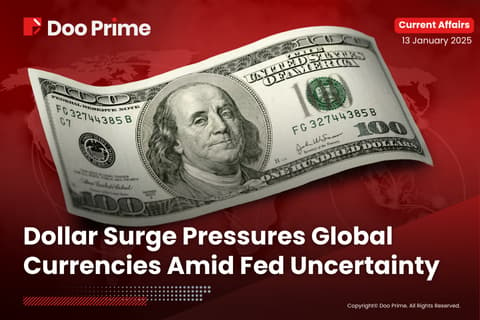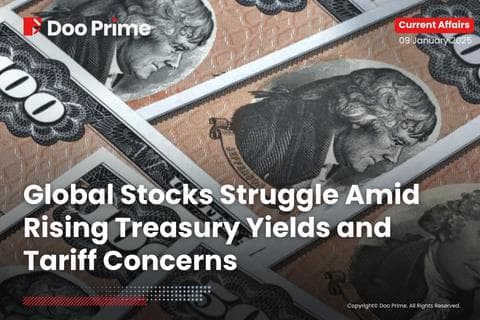WORLDWIDE: HEADLINES
Apple, Ford, Other Big US Brands Join Corporate Wave Shunning Russia
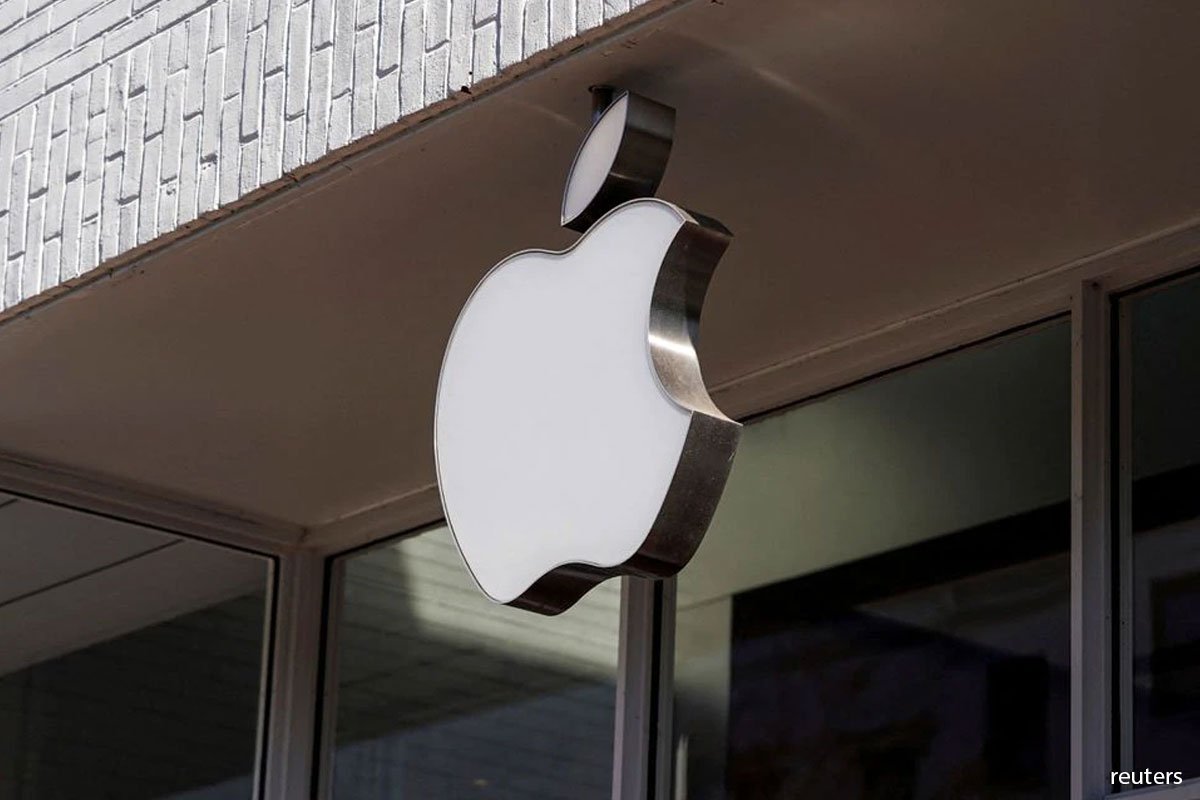
Some of America’s best-known companies including Apple, Google, Ford, Harley-Davidson and Exxon Mobil rebuked and rejected Russia for its invasion of Ukraine, under steady pressure from investors and consumers decrying the violence.
Apple Inc (AAPL.O) late on Tuesday said it had stopped sales of iPhones and other products in Russia, adding that it was making changes to its Maps app to protect civilians in Ukraine.
Tech firms including Alphabet Inc’s (GOOGL.O) Google dropped Russian state publishers from their news, and Ford Motor (F.N) – with three joint venture factories in Russia – told its Russian manufacturing partner it was suspending operations in the country. Motor cycle maker Harley-Davidson Inc suspended shipments of its bikes.
Exxon Mobil Corp (XOM.N) said would discontinue operations in Russia and was taking steps to exit the Sakhalin-1 venture, following in the steps of British energy giants Shell Plc (SHEL.L) and BP, Russia’s biggest foreign investor.
Many corporations have been unusually clear in their condemnation of Russia.
“We are deeply concerned about the Russian invasion of Ukraine and stand with all of the people who are suffering as a result of the violence,” Apple said in a statement.
The steady drum beat of companies taking a stance increased later in the day as rockets struck major cities in Ukraine.
“Ford is deeply concerned about the invasion of Ukraine and the resultant threats to peace and stability. The situation has compelled us to reassess our operations in Russia,” Ford said, adding to several days of announcements by global car companies.
“We deplore Russia’s military action that violates the territorial integrity of Ukraine and endangers its people,” said Exxon, adding it will not invest in new developments in Russia.
Full coverage: REUTERS
Wall Street Ends Sharply Lower As Ukraine Crisis Sows Fear

Wall Street ended sharply lower on Tuesday, with financial stocks bearing much of the damage for a second straight day as the Russia-Ukraine crisis deepened and stirred anxiety among investors.
Ten of the 11 S&P 500 sector indexes fell, led by financials (.SPSY), down 3.7%.
Wells Fargo tumbled 5.8% and the broader banks index (.SPXBK) declined 4.8% as U.S. 10-year Treasury yields slumped to five-week lows amid a flight to safe-haven debt.
Chevron Corp (CVX.N) jumped 4% to close at its highest level ever after the company raised its share buyback program and forecast for operating cash-flow through 2026, and as oil prices surged.
The energy index (.SPNY) rose about 1%.
Russia warned Kyiv residents to flee their homes and rained rockets on the city of Kharkiv as Russian commanders intensified their bombardment of Ukrainian urban areas in a shift of tactics after their six-day assault stalled.
The conflict has drawn sharp reprisals from the West including the blocking of certain Russian lenders’ access to the SWIFT international payment system.
“Investors are swimming in a soup of fear, and they don’t know how to incorporate geopolitical news into their pricing,” said Mike Zigmont, head of research and trading at Harvest Volatility Management in New York. “We’re dealing with a pure emotional investor response.”
The Dow Jones Industrial Average (.DJI) fell 1.76% to end at 33,294.95 points, while the S&P 500 (.SPX) lost 1.55% to 4,306.24.
The Nasdaq Composite (.IXIC) dropped 1.59% to 13,532.46.
The Philadelphia Semiconductor Index (.SOX) dropped 3.6%, with Advanced Micro Devices (AMD.O) tumbling 7.7%.
Trading was busy. Volume on U.S. exchanges was 14.9 billion shares, compared with a 12.3 billion average for the full session over the last 20 trading days.
Full coverage: REUTERS
WORLDWIDE: FINANCE/BUSINESS
Asian Shares Slip, Oil Surges Again As Russia Sanctions Bite
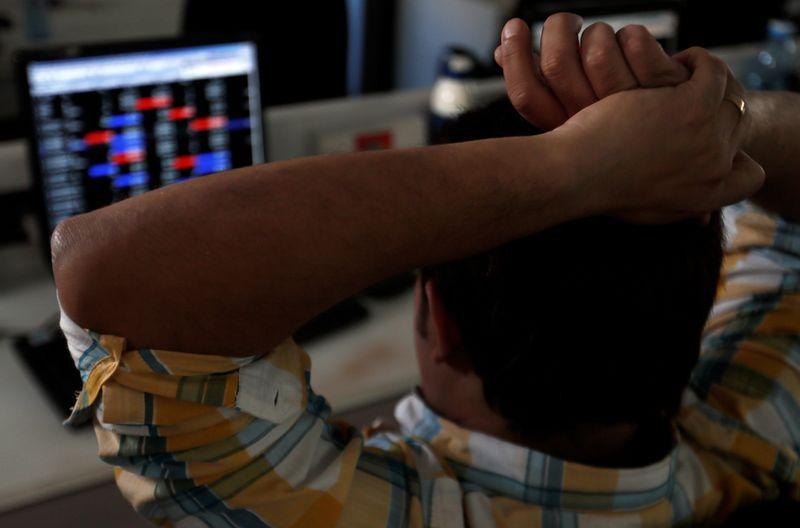
Asian stocks came under renewed pressure on Wednesday and oil prices jumped after rising worries about the impact of aggressive sanctions against Russia over its invasion of Ukraine sank shares in Europe and on Wall Street.
As global sanctions against Moscow tighten, the United States is poised to ban Russian flights using American airspace, following similar moves by the European Union and Canada.
U.S. President Joe Biden is expected to announce the ban during his State of the Union speech beginning at 0200 GMT on Tuesday, in which he will also accuse Russian President Vladimir Putin of having misjudged the West with the invasion of Ukraine.
Early in the Asian trading day, MSCI’s broadest index of Asia-Pacific shares outside Japan (.MIAPJ0000PUS) was down 0.19% with China’s blue-chip CSI300 (.CSI300) index 0.89% lower.
Japan’s Nikkei (.N225) fell 1.5%
In Australia, the benchmark ASX 200 (.AXJO) index was up 0.2% as rising commodity prices lifted miners’ shares.
“The Russia-Ukraine conflict will probably continue to dominate markets for the foreseeable future. The announcement yesterday that Russia will not pay coupons to foreign holders on its government debt should push investors further into safe-havens,” ING analysts said in a note.
“Support for starting the EU membership process for Ukraine shows the unity of support for Ukraine from Western Europe but is unlikely to help calm tensions.”
On Tuesday, the S&P 500 (.SPX) and Nasdaq Composite (.IXIC) indexes closed about 1.6% lower, while the Dow Jones Industrial Average (.DJI) dropped nearly 1.8%.
Global sanctions against Russia have prompted a string of major companies to announce suspensions to or exits from their businesses in the country.
Full coverage: REUTERS
Euro Testing Support As Ukraine Crisis Looms Over Growth
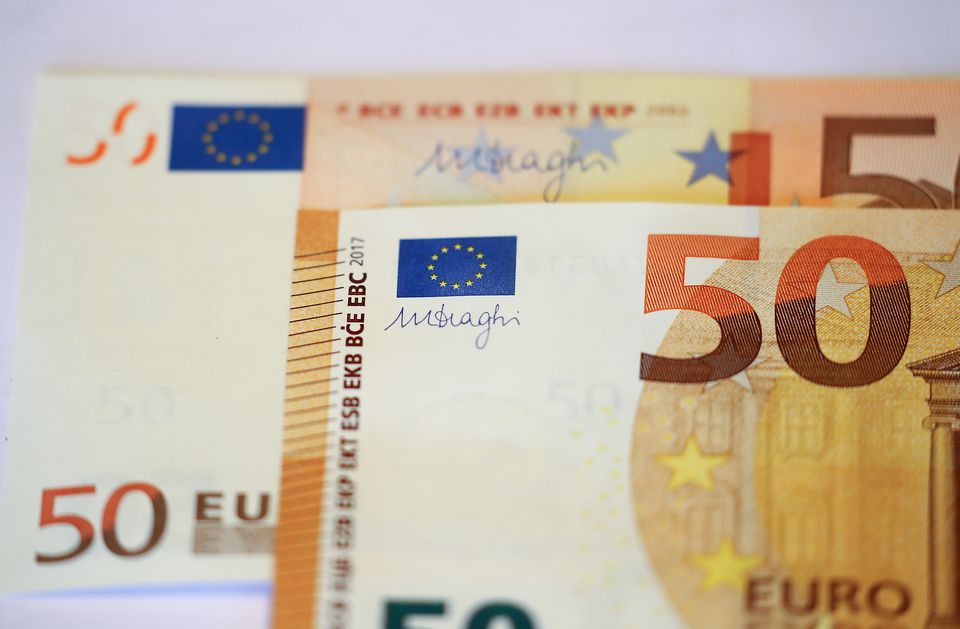
The euro was under pressure on Wednesday as intensifying Russian bombardment of Ukraine’s cities and a surging oil price raised investor concerns about a hit to Europe’s economy and growth.
The common currency briefly fell below support to touch a 21-month low of $1.1090 overnight, before recovering a bit to trade at $1.1131 early in the Asia session.
“The risk is a sustained move below $1.1106 if market participants downgrade the Eurozone economic outlook,” said Commonwealth Bank of Australia analyst Kim Mundy. Sterling, which fell 0.7% overnight, was also squeezed at $1.3327.
Russia bombed a TV tower in Ukraine’s capital on Tuesday and rained rockets on the city of Kharkiv. Munitions experts said cluster bombs were also used on Kharkiv.
The safe-haven yen was firm, tracking a risk-averse mood in other markets and was last just above its 50-day moving average at 114.85 per dollar.
Russia’s rouble , hammered to a record low of 117 to the dollar on Tuesday as Western sanctions hit, remained on the cheaper side of 100.
Commodity linked currencies, such as the Australian dollar, fell slightly against a stronger dollar overnight but have held their own as surging prices for oil, gas, coal and grains provided support.
The New Zealand dollar hovered at $0.6760 in morning trade and the Australian dollar edged up to $0.7263. The U.S. dollar index held at 97.324.
Chinese traders are scaling back imports of Russian coal as they struggle to secure financing from state banks worried about potential sanctions, pushing prices higher from Australia and other exporters such as Indonesia and South Africa.
Full coverage: REUTERS
Oil Jumps 3% On Choked Russian Supply As Trade Finance Dries Up
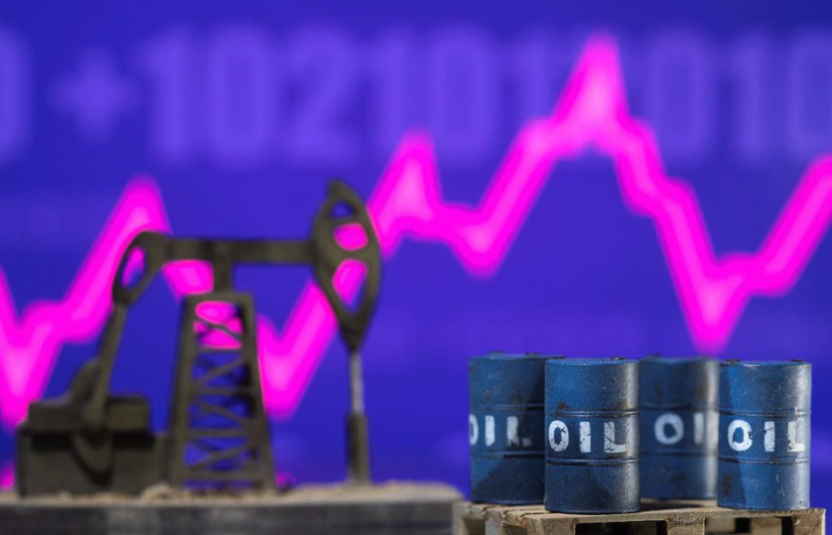
Oil prices rose on Wednesday as sanctions on Russian banks following Moscow’s invasion of Ukraine hampered trade finance for crude shipments and some traders opted to avoid Russian supplies in an already tight market.
Brent crude futures climbed $3.55, or 3.4%, to $108.52 a barrel at 0135 GMT, scaling highs not seen since July 2014.
U.S. West Texas Intermediate (WTI) crude futures were up $3.75, or 3.6%, to $107.16, after peaking at $107.55 in early trade, the highest since July 28, 2014.
“Trade disruptions are starting to get people’s attention,” said Westpac economist Justin Smirk.
“Issues around trade finance and insurance – that’s all impacting exports from the Black Sea. The supply shocks are unfolding,” he said.
Russian oil exports account for around 8% of global supply.
At the same time, while Western powers have not imposed sanctions on energy exports directly, U.S. traders at hubs in New York and the U.S. Gulf are shunning Russian crude.
“People are not touching Russian barrels. You may see some on the water right now, but they were bought prior to the invasion. There won’t be much after that,” one New York Harbor trader told Reuters.
A coordinated release of 60 million barrels of oil by International Energy Agency member countries agreed on Tuesday put a lid on market gains, but analysts said that would only provide temporary relief on the supply front.
“They helped to cap the rise, but if you want to turn prices around, you need something more sustainable,” Smirk said.
Commercial oil stockpiles are at their lowest since 2014, the IEA said.
Against that backdrop, the Organization of the Petroleum Exporting Countries, Russia and allies, together known as OPEC+, are due to meet on Wednesday, where they are expected to stick to plans to add 400,000 barrels per day of supply each month.
Full coverage: REUTERS

